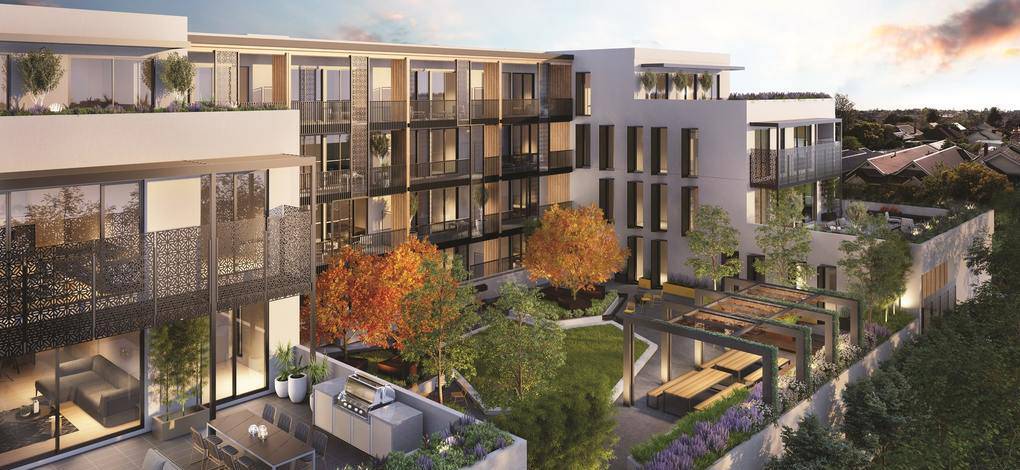Insights
A new architecture for public spaces

Returning to normality after the pandemic also means rebuilding the sociality lost during the months of lockdown, a dimension that takes on value in the community and makes the public space a place of rebirth. It is in the wake of this idea that the outdoors and architecture intertwine, combining aesthetics and social commitment. To rethink and reinvent outdoor areas, we need to understand how the pairing “architecture and public spaces” changes, a process that is already under way and that in the immediate future will accompany the community along the path towards a new normal. Let's find out how by looking at a few good examples.
Architecture and public spaces: the manifesto of architects, planners, landscapers and conservators
Re-opening sees community life increasingly shifted towards the outdoors, where the relationship between architecture and public spaces is the new focus of a lifestyle based on conscientiousness and community responsibility. A new direction that the National Council of Architects, Planners, Landscapers and Conservators decided to tackle head on. Thus a manifesto was developed summarising the formula of change in 10 points. After the pandemic, the world of designers must come up with a new conception of living spaces, public spaces and urban dynamics, aspects that must be dealt with not only by architects but also by the community at large as part of a general civic commitment.A philosophy that carries with it the idea ofa sustainable architecture capable of soothing the wounds that the pandemic has inflicted on public life, a conception that recalls the method followed by Michael Murphy, architect and executive director of the MASS Design Group, who from the beginning of his career adopted the line of “building to care”.
When architecture is therapeutic: the example of Michael Murphy
From Michael Murphy's point of view, the therapeutic strength of community commitment underpins the relationship between architecture and public spaces. The American architect has applied this idea to various communities in Rwanda, Haiti and Malawi. In these areas, following the method of the architect Bruce Nizeye, Murphy focused everything on “on-site construction”, an investment in the dignity of the workplace that translates into local hiring, regional resources and training.Contact with nature: O'Donnell Brown's “Community classroom”
Architecture, sustainability, community: post-pandemic schools can look to “community classrooms” for inspiration. This is the initial idea of a wooden structure embedded in greenery developed by the Glasgow O’Donnell Brown studio for the re-opening of one of the sectors of community life that has suffered the most from the effects of the lockdown. Developed at the end of 2019, the project took on new meaning with the outbreak of the coronavirus in Europe. Forced to stay home by the lockdown put in place to contain COVID-19, many have started reconsidering some aspects of their lifestyles. So an idea like a community classroom has become a concrete response to the need to rethink the relationship between architecture and public spaces. In the words of the studio's co-founder Jennifer O’Donnell, "From now on it will be increasingly important to create spaces that are closely connected with nature, places that are able to reconnect communities”. According to the architect, as distance learning has shown in recent months teaching does not necessarily require a traditional classroom, and studying outdoors can maximise learning potential.So the future of sociality is moving towards an increasingly osmotic relationship with green elements: a concept where the fusion between indoors and outdoors becomes increasingly interesting and valuable, as evidenced by Corradi's style.
Architecture points the way to a new community space
Therefore, the future of community spaces seems to be increasingly green, unifying and deeply permeated by common values: post-pandemic sociality will have a different meaning and will unequivocally coincide with a sense of community responsibility. With this in mind, architecture will be an engine of change travelling a path of regeneration and sharing. It's a concept that Corradi fully embraces, so we are already on our way to the future.Will society be ready for a new civic commitment?
